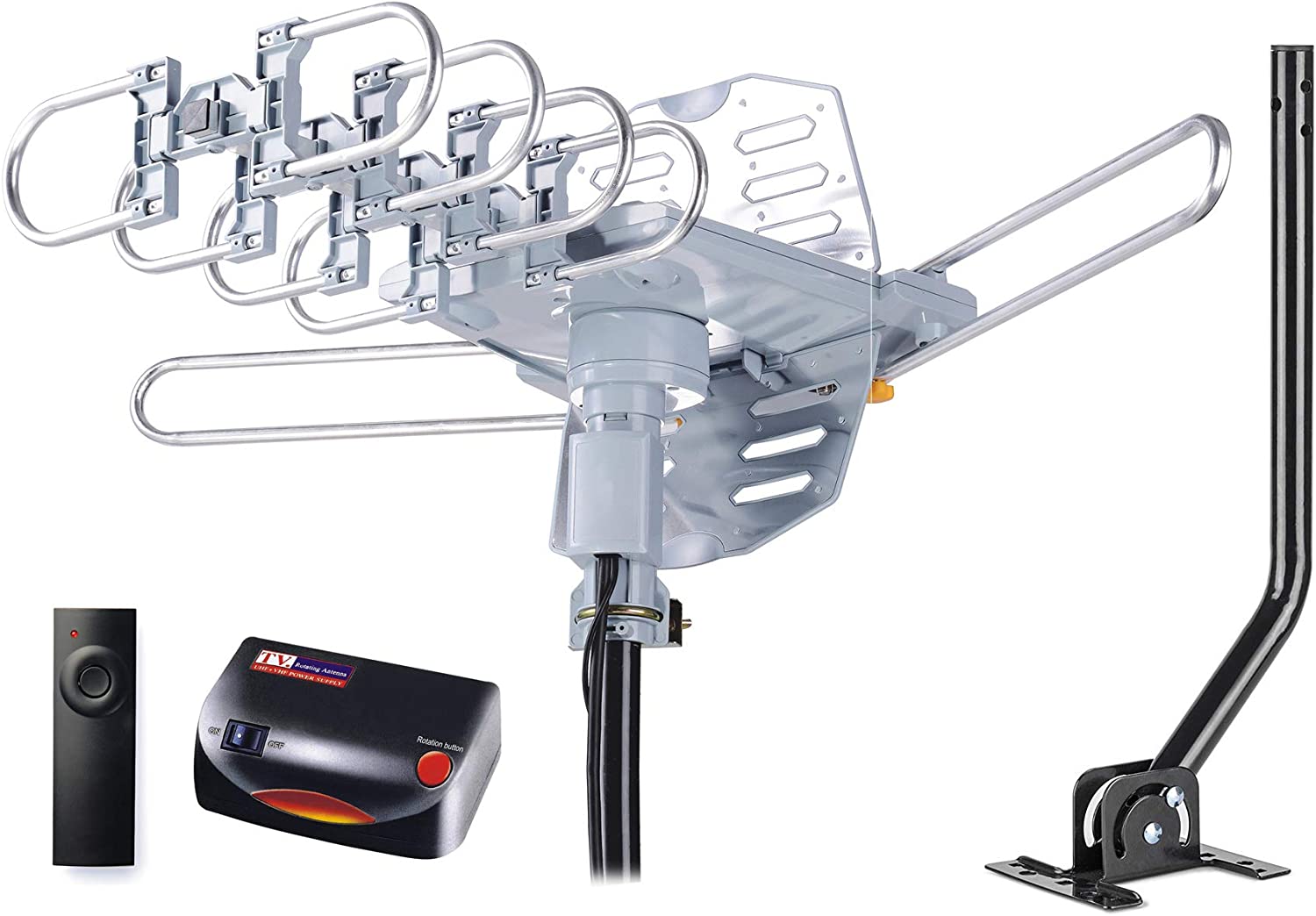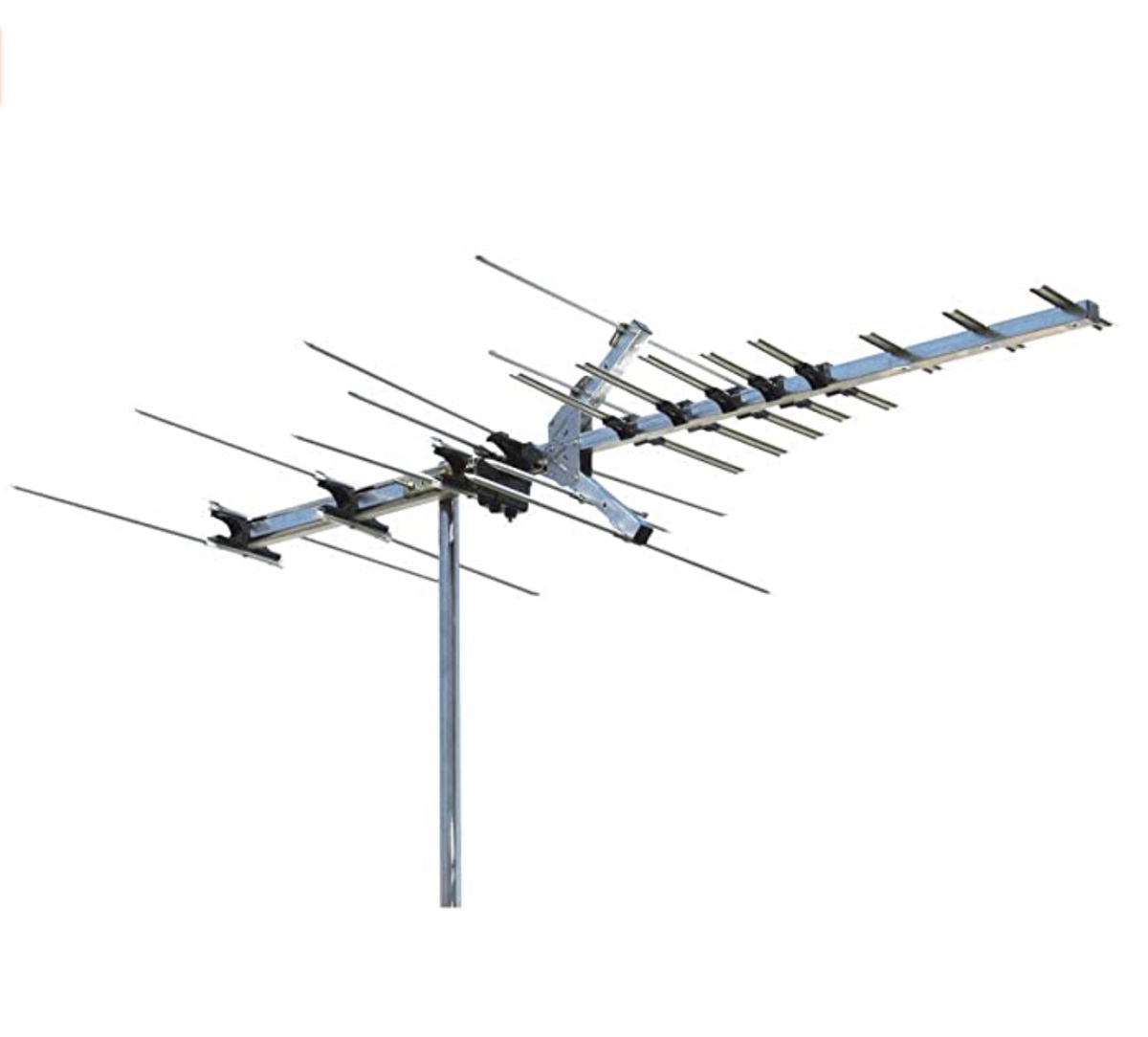An outdoor TV antenna is a device that receives over-the-air television signals and provides a better picture quality than cable or satellite TV. It is important to choose the right outdoor TV antenna for your location to ensure that you can receive the maximum number of channels with the best possible picture quality. There are different types of outdoor TV antennas available on the market, each with its own set of advantages and disadvantages.
Different Types of Outdoor TV Antennas

1. Directional Antennas
Directional antennas are designed to receive signals from a specific direction. They have a higher gain and can receive signals from a longer distance than other types of antennas. Directional antennas are often used in rural areas or areas where the TV station is located far away. The antenna has to be pointed in the direction of the TV station to receive the signal, so it is important to know the location of the station before purchasing a directional antenna.
Advantages:
- High gain
- Can receive signals from a long distance
- Good for rural areas or areas where the TV station is located far away
Limitations:
- Antenna has to be pointed in the direction of the TV station
- May not receive signals from multiple directions
- Requires a clear line of sight to the TV station
2. Omni-Directional Antennas
Omni-directional antennas receive signals from all directions, making them ideal for areas with multiple TV stations. These antennas do not require pointing in a specific direction and can be installed on the roof or in the attic. They are also ideal for areas with a weak signal, as the antenna can pick up signals from multiple directions.
Advantages:
- Receive signals from all directions
- Easy installation
- Ideal for areas with multiple TV stations
- Good for weak signal areas
Limitations:
- Lower gain compared to directional antennas
- May not receive signals from a long distance
- May not receive strong signals
3. Yagi Antennas
Yagi antennas are directional antennas that consist of several elements and a reflector. They are designed to receive signals from a specific direction and are ideal for areas with a strong signal. Yagi antennas have a high gain and can receive signals from a long distance. They are often used in rural areas or areas with a weak signal.
Advantages:
- High gain
- Can receive signals from a long distance
- Good for rural areas or areas with a weak signal
Limitations:
- Antenna has to be pointed in the direction of the TV station
- May not receive signals from multiple directions
- Requires a clear line of sight to the TV station
4. Bowtie Antennas
Bowtie antennas are omni-directional antennas that consist of two or more elements that form a bowtie shape. They are designed to receive signals from all directions and are ideal for areas with multiple TV stations. Bowtie antennas have a moderate gain and can receive signals from a moderate distance.
Advantages:
- Receive signals from all directions
- Ideal for areas with multiple TV stations
Limitations:
- Moderate gain
- May not receive signals from a long distance
5. Compact Outdoor Antennas
Compact outdoor antennas are small, lightweight antennas that can be installed on the roof or in the attic. They are ideal for areas with a strong signal and can receive signals from a short to medium distance. Compact outdoor antennas are easy to install and do not require much space.


No comments yet